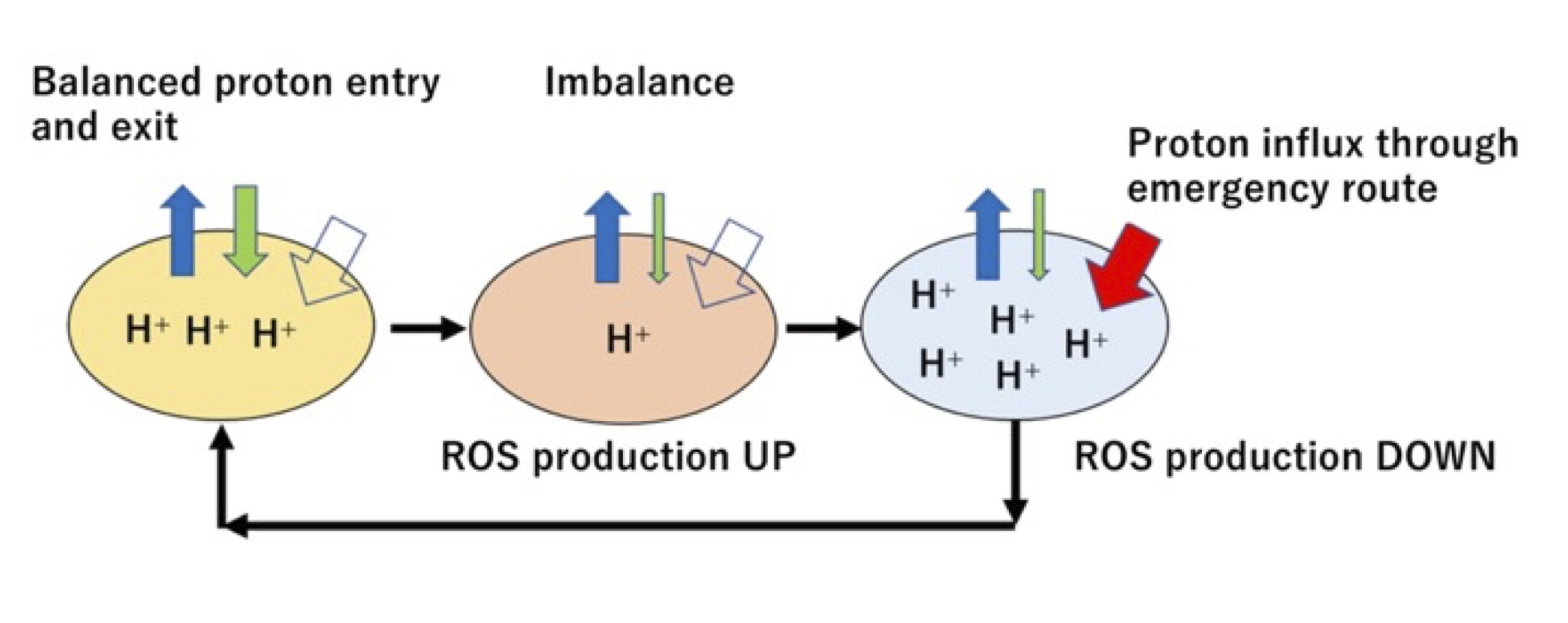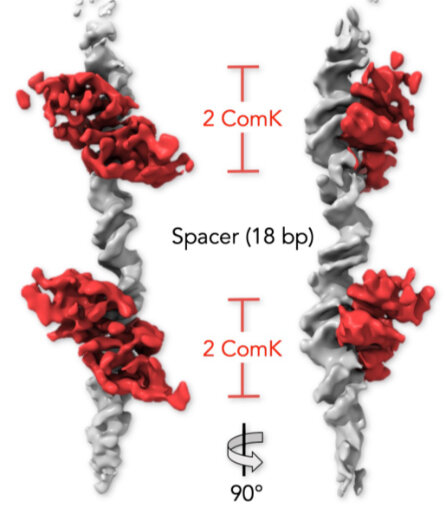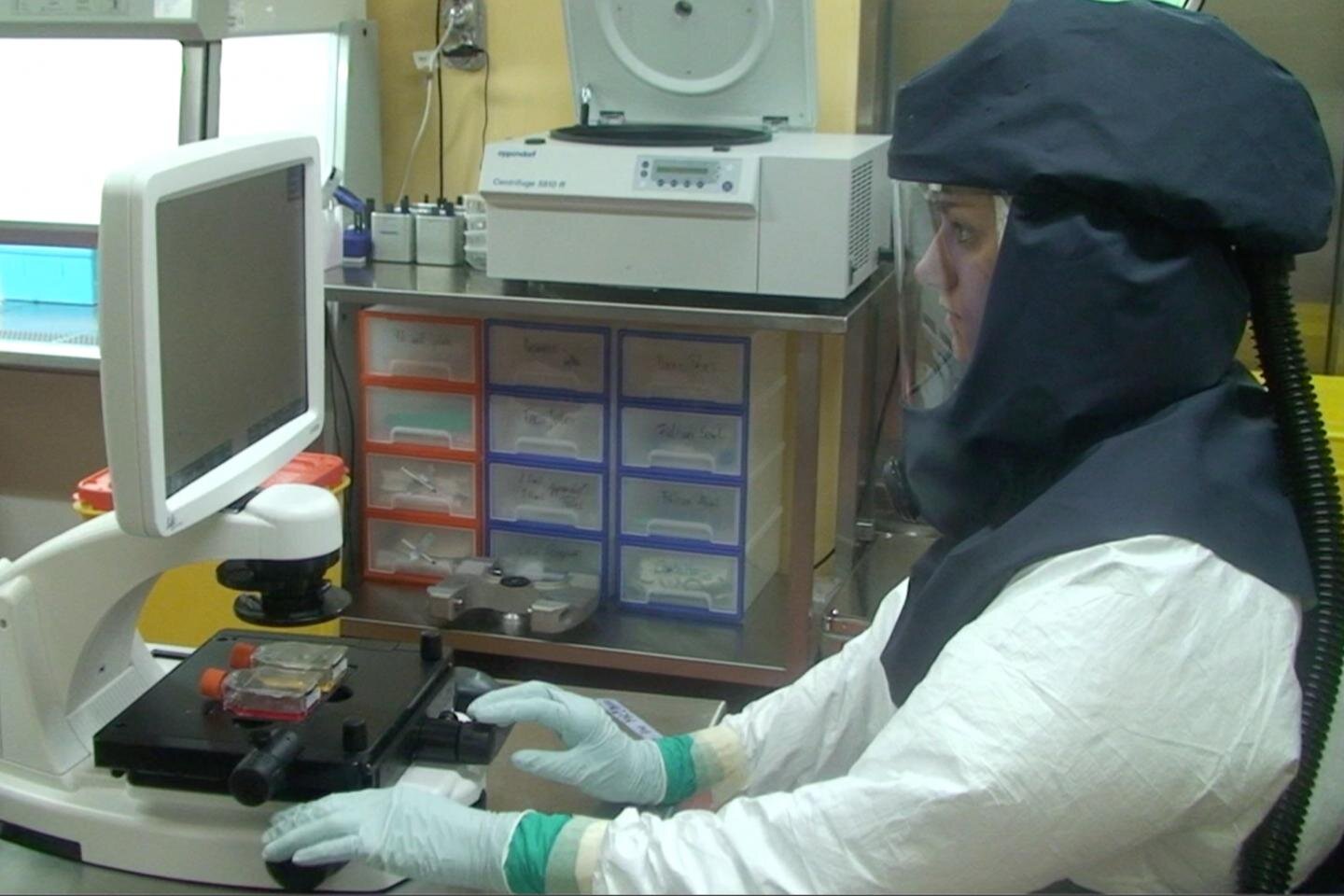#A mitochondrial self-preservation mechanism

“#A mitochondrial self-preservation mechanism”

Mitochondria, the powerhouse of the cell, convert sustenance into energy, fueling the cell’s activities. In addition to power, mitochondria also produce reactive oxygen species, byproduct molecules primed to help facilitate communication among the other units in the cells. But when produced too abundantly, they damage DNA and render some cellular components dysfunctional. Now, an international research team has revealed how mitochondria keep their reactive oxygen species production in check.
They published their results on June 30 in Frontiers in Cell and Developmental Biology.
“Excessive generation of reactive oxygen species in mitochondria damages mitochondria and reduces cell function, so the mechanism by which mitochondria maintain production of reactive oxygen species is crucial for cells,” said lead paper author Yoshihiro Ohta, associate professor in the Department of Biotechnology and Life Science at Tokyo University of Agriculture and Technology in Japan. “In this study, we found that mitochondria have a mechanism to spontaneously avoid the production of excess reactive oxygen species.”
Mitochondria are double membraned, with genetic information and functional units contained within its internal matrix. Mitochondria convert chemical energy into power for the cell by moving protons from outside to inside the matrix with the help of an enzyme responsible for energy conversion. But mitochondria also appear to impulsively and temporarily take up protons through another protein through a process called spontaneous transient depolarization.
“Spontaneous fluctuations in mitochondrial membrane potential are physiological phenomena observed in a wide range of cells from plants to mammals,” said Ohta. “In this study, we investigated how this spontaneous fluctuation occurs and what it is useful for.”
The researchers found that increasing the pH of the matrix from neutral to basic significantly increased reactive oxygen species production. They also found that inhibition of the spontaneous fluctuation, or depolarization, increased both the matrix pH and presence of reactive oxygen species.
“Spontaneous transient depolarization may decrease reactive oxygen species production in the mitochondria by inhibiting sustained matrix pH elevation,” Ohta said. “This is the first study suggesting the relationship between spontaneous transient depolarization and reactive oxygen species production.”
While the researchers have not fully elucidated the mechanism by which mitochondria control their reactive oxygen species production, they did propose a model suggesting that spontaneous transient depolarization occurs when increased matrix pH facilitates moving more protons from outside the matrix into the matrix.
The researchers plan to further investigate the mechanism to understand not only how mitochondria can prevent overproduction of reactive oxygen species, but also if detecting the spontaneous fluctuation in mitochondria could indicate the oxidative stress state—and damage—of cells.
Jannatul Aklima et al, Effects of Matrix pH on Spontaneous Transient Depolarization and Reactive Oxygen Species Production in Mitochondria, Frontiers in Cell and Developmental Biology (2021). DOI: 10.3389/fcell.2021.692776
Provided by
Tokyo University of Agriculture and Technology
Citation:
A mitochondrial self-preservation mechanism (2021, July 9)
retrieved 10 July 2021
from https://phys.org/news/2021-07-mitochondrial-self-preservation-mechanism.html
This document is subject to copyright. Apart from any fair dealing for the purpose of private study or research, no
part may be reproduced without the written permission. The content is provided for information purposes only.
If you liked the article, do not forget to share it with your friends. Follow us on Google News too, click on the star and choose us from your favorites.
For forums sites go to Forum.BuradaBiliyorum.Com
If you want to read more Like this articles, you can visit our Science category.




